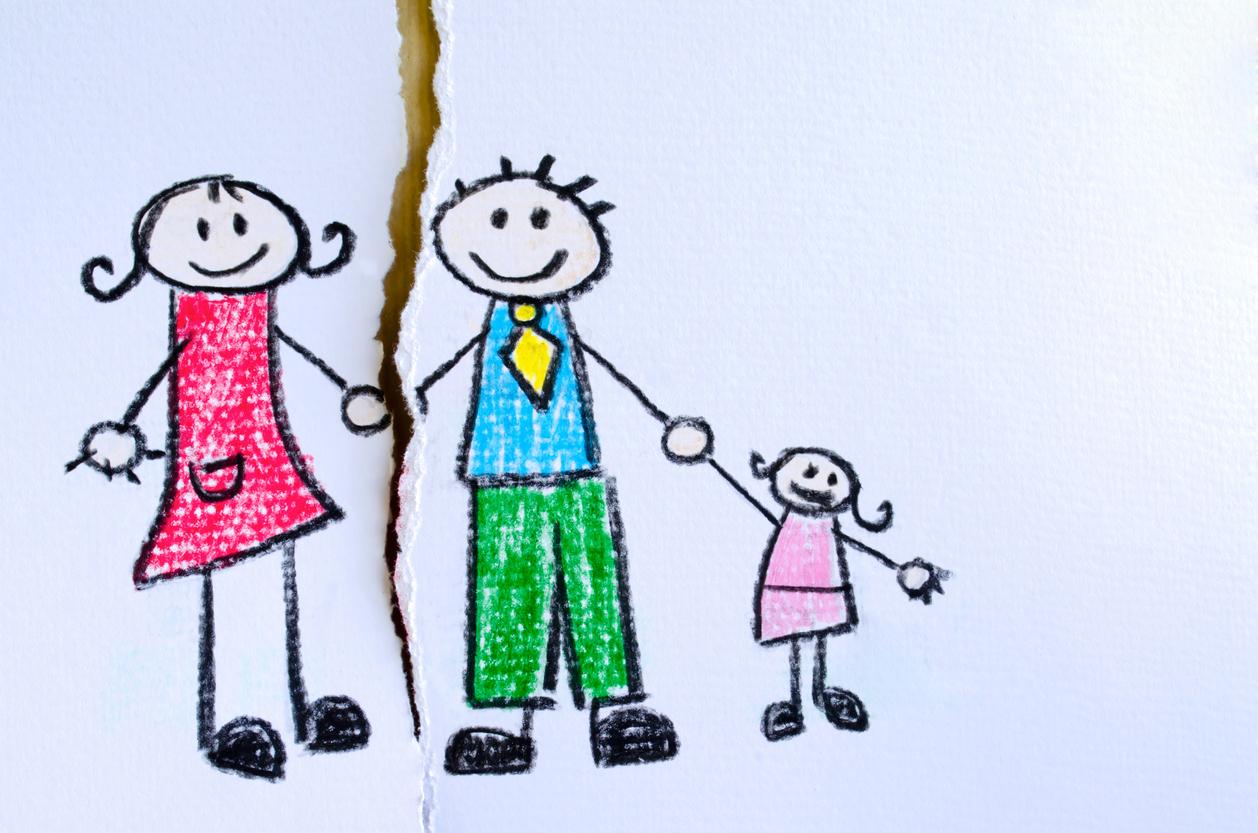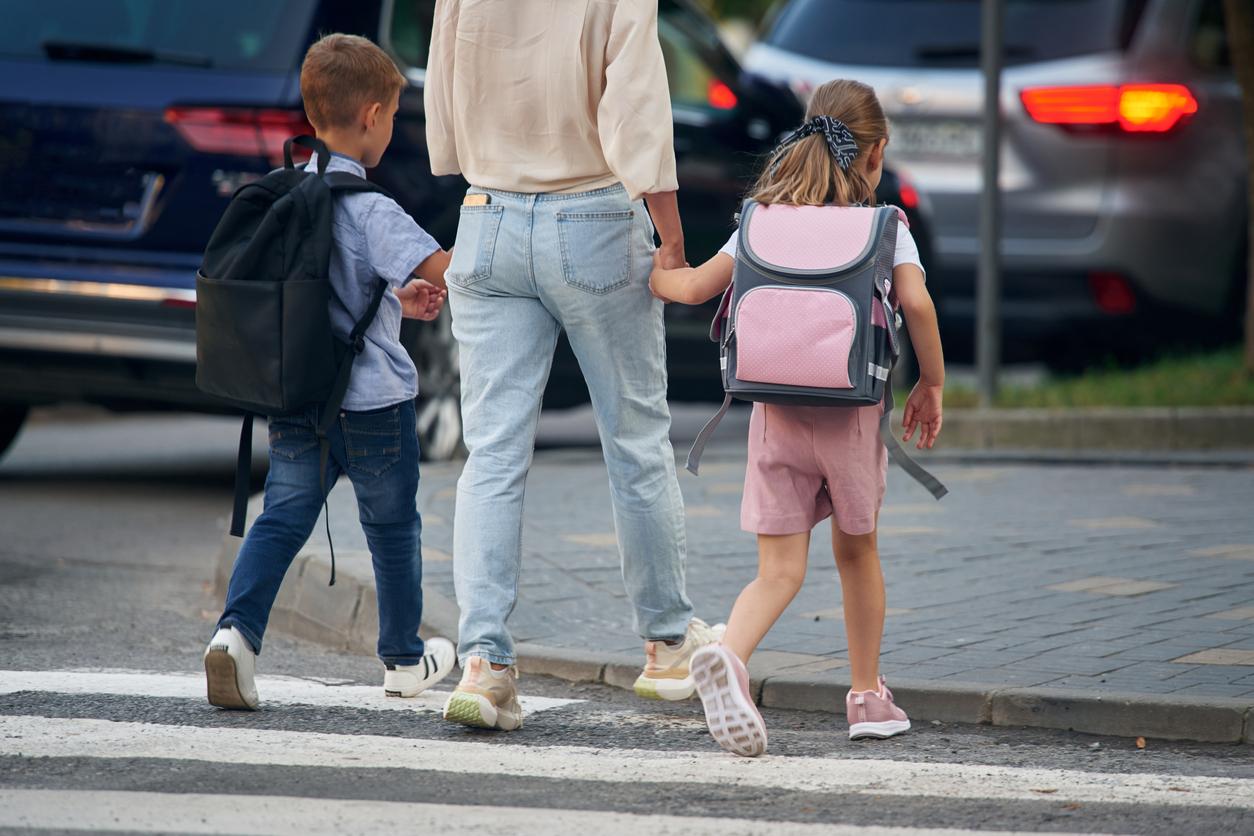Imposing limits on young children is necessary, but they should not be systematically rigid.

If children need benchmarks to grow safely, these limits must be adapted, balanced and above all explained in a constructive way. Rigid rules, while they may seem necessary, can sometimes dampen their natural curiosity and relationship with their emotions.
Why set limits?
Limits are often imposed reflexively. Parents reproduce the prohibitions that they themselves have known or fear for the safety of their child. For example, preventing a child from climbing on the couch may seem logical to prevent a fall, but does this really meet the child’s needs?
Setting limits should aim to protect the child, to teach him respect for others and the environment. It’s about guiding him, not restricting his desire to explore. Systematically prohibiting these behaviors can, in the long term, hamper their autonomy.
Yes to adapted limits
Prohibitions must not hinder the child’s basic needs. A child who is often confronted with “no” without explanation may be confused, which can lead to anger.
To avoid this, it helps to understand why he acts a certain way. For example, a child who runs and screams is not trying to disobey, but to release his energy and tension. Allowing him to move in a suitable setting, such as in a park or outside, meets his needs while teaching him limits in a gentle way.
Encourage communication rather than criticism
Rather than imposing strict limits without explanation, it is important to communicate with your child. Rules are more easily accepted when they are understood. For example, if it is forbidden to ride the slide upside down, we can explain to him that it could interfere with other children who want to slide. In this way, he learns to take others into account and adapt his behavior.
Providing alternatives is also an effective method of encouraging appropriate behavior without preventing the child from exploring. For example, if jumping on the couch is dangerous, suggest jumping on a cushion on the floor. This meets their need for movement while preserving their safety and the integrity of the furniture.
Find out more: “Positive Discipline: In family and at school, how to educate with firmness and kindness” by Béatrice Sabaté and Jane Nelsen.

















